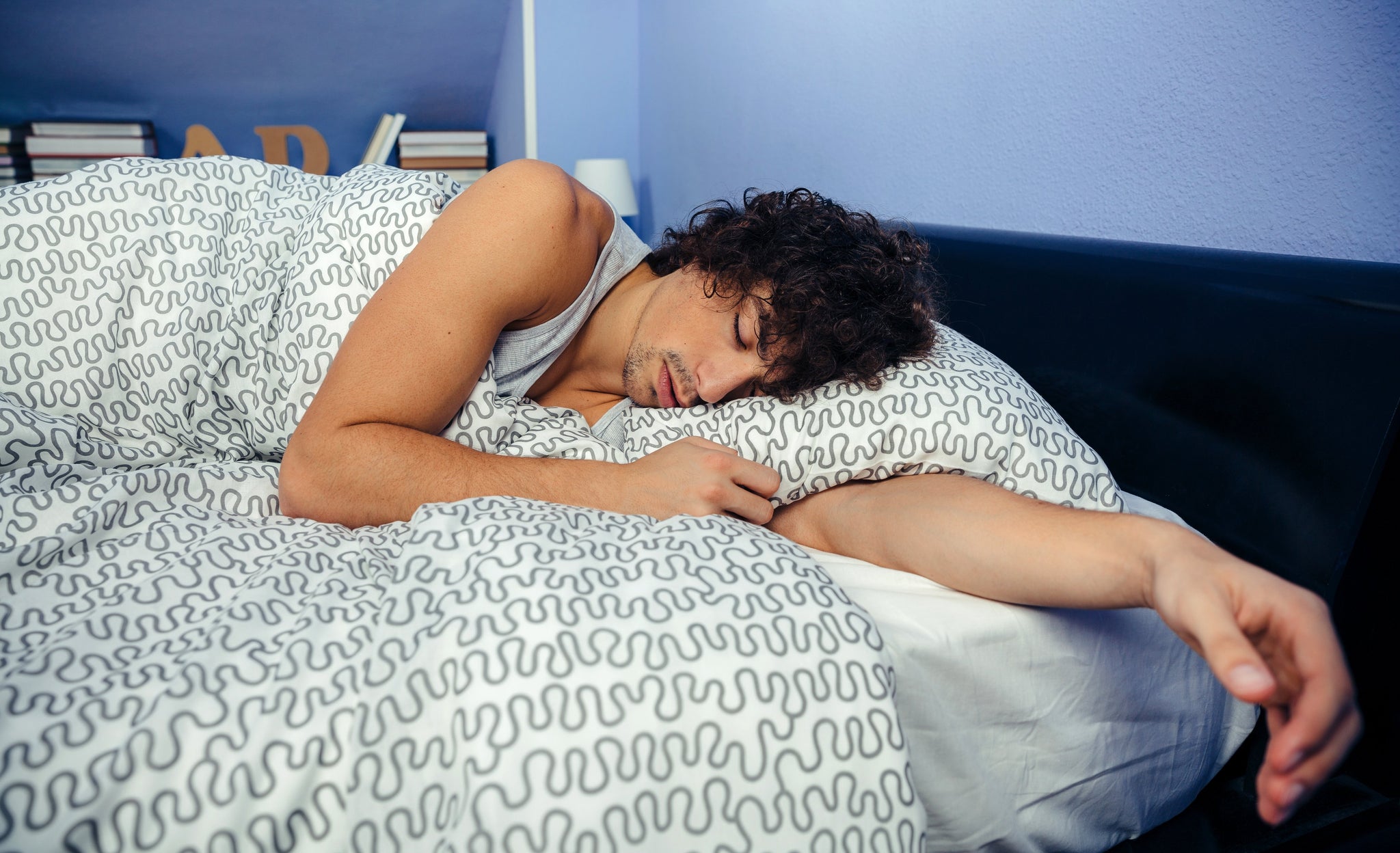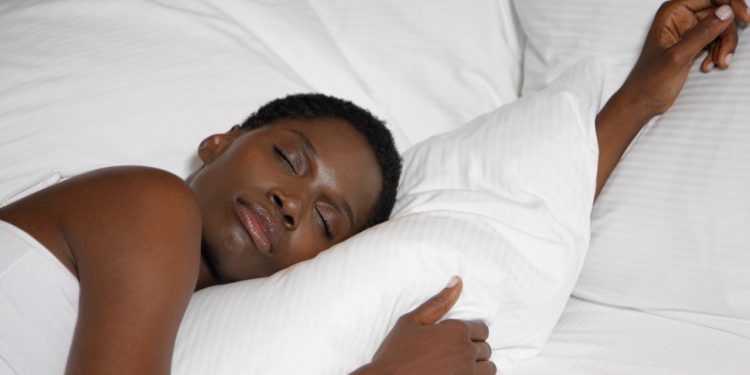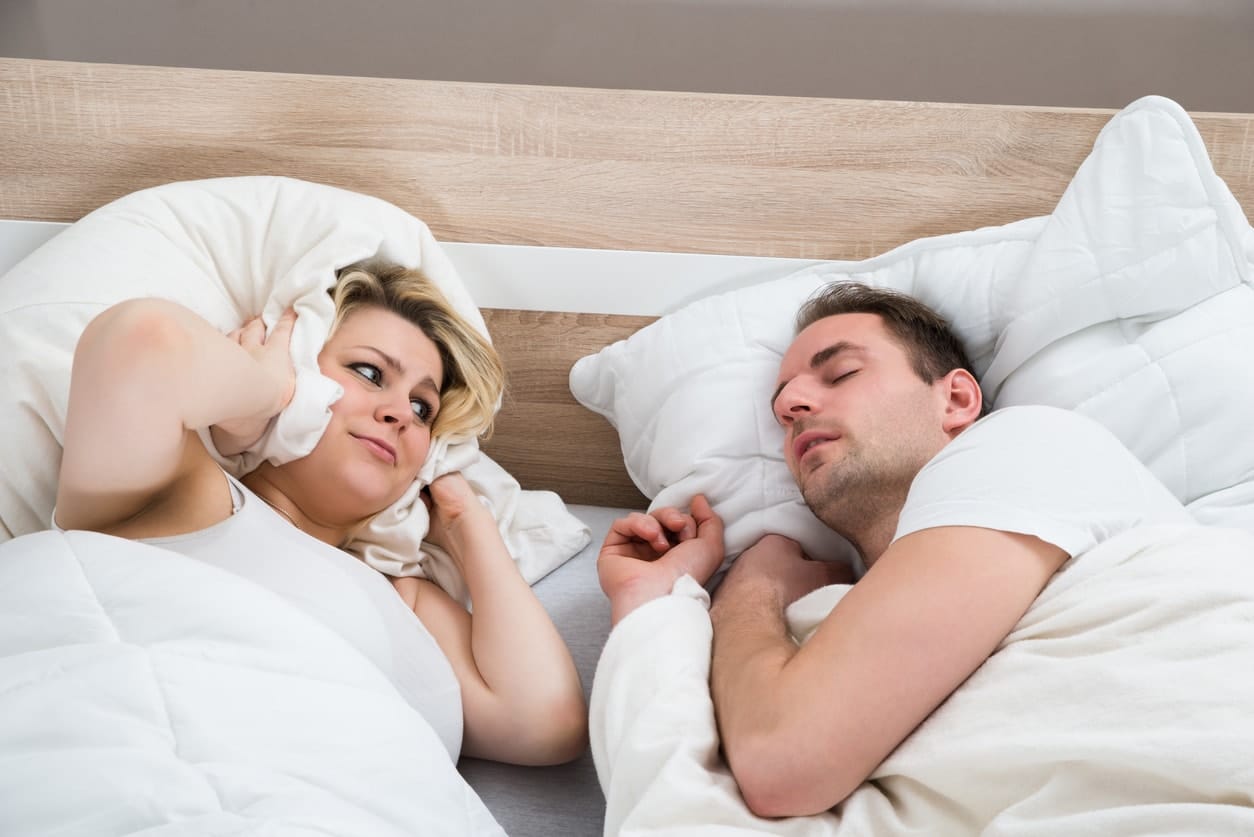
Limit access to electronic devices (including TV, smart-phones, tablets and computer games) and bright light exposure in the one to two hours prior to bedtime. Avoid exercise or stimulating play in the hour before bedtime. It may include reading quietly, a warm bath or a warm milk drink. This will help your child settle and prepare for sleep. The 24-hour body clock that controls sleepiness and wakefulness works best if there is a regular sleep routine. These times should be the same or similar on weekends and holidays. Your child should keep regular times for going to bed and waking up. Consistent daytime naps after five years of age are not normal. It is normal for children to have a daytime nap until three to five years of age. Morning naps usually stop between 12 and 18 months. From two months to 12 months, the number of daytime naps reduces typically from three to four naps, down to two naps. From about six months, babies have their longest sleeps at night and can typically sleep for a period of up to six hours or more at night. This rhythm favours sleep at night and being more awake in the day. From about two months onwards, babies start to sleep for longer periods, particularly at night, as they start to develop their internal day/night (circadian) rhythm. Nappingįrom birth to two months of age, the length of one period of sleep can vary from 30 minutes to three to four hours. Children with a development disorder may need an amount of sleep appropriate for their developmental age rather than their actual age. It is important to remember that these figures are a guide only and that each child will have their own individual sleep requirement. You should watch your caffeine intake in the afternoon, avoid spicy or heavy meals before bed and always prioritize sleeping - no matter how good the book is.Infants from birth to three months of age have a wide variation in sleep duration and patterns infants in this age group generally sleep 14 to 17 hours daily (including naps). It can't replace everything that goes into sleeping it's merely a supplement. Reading can't be the only thing you doĪs much as I hate to admit it, reading isn't a magical cure-all for poor sleep hygiene. Blue light throws off this process, making it harder to get quality sleep.

As the sun sets, melatonin is released and we get tired. When the sun is up, melatonin production is blocked to keep us from getting tired.

Melatonin is the hormone that helps our body regulate the circadian rhythm or sleep/wake cycle. Blue light interrupts the body's natural melatonin production.

You should avoid reading on screens that give off blue light. Another tip to ensure that reading doesn't impact your ability to sleep is to steer clear of books that will cause a significant emotional response. To solve this, I like to set a chapter limit that I can't cross - no matter if things are starting to get good. Depending on where you are in your book, you can accidentally read too long and eat into the time you should be asleep. Don't read for too longĪdmittedly, there are a few caveats I have to mention about reading to fall asleep. Make sure you avoid these pitfalls when reading to fall asleep. How not to read to fall asleepĪs with everything, there is a right and wrong way to do things.

Sometimes, I can fall asleep before I even get through a chapter because it's a defined part of my nighttime routine. Once it's a habit, you'll find your eyelids getting heavy shortly after you've snuggled up in bed with a good book. Integrating reading into your nighttime routine will signal your body that it's time to sleep. Reading has also been tied to more empathy and better concentration. So by reading at night, not only are you relaxing, but you're strengthening the connections in your brain and potentially preventing age-related cognitive decline. Reading is a more complex task for the brain than scrolling through your phone or watching TV. OK, this one isn't exactly sleep-related, but it's worth mentioning.


 0 kommentar(er)
0 kommentar(er)
